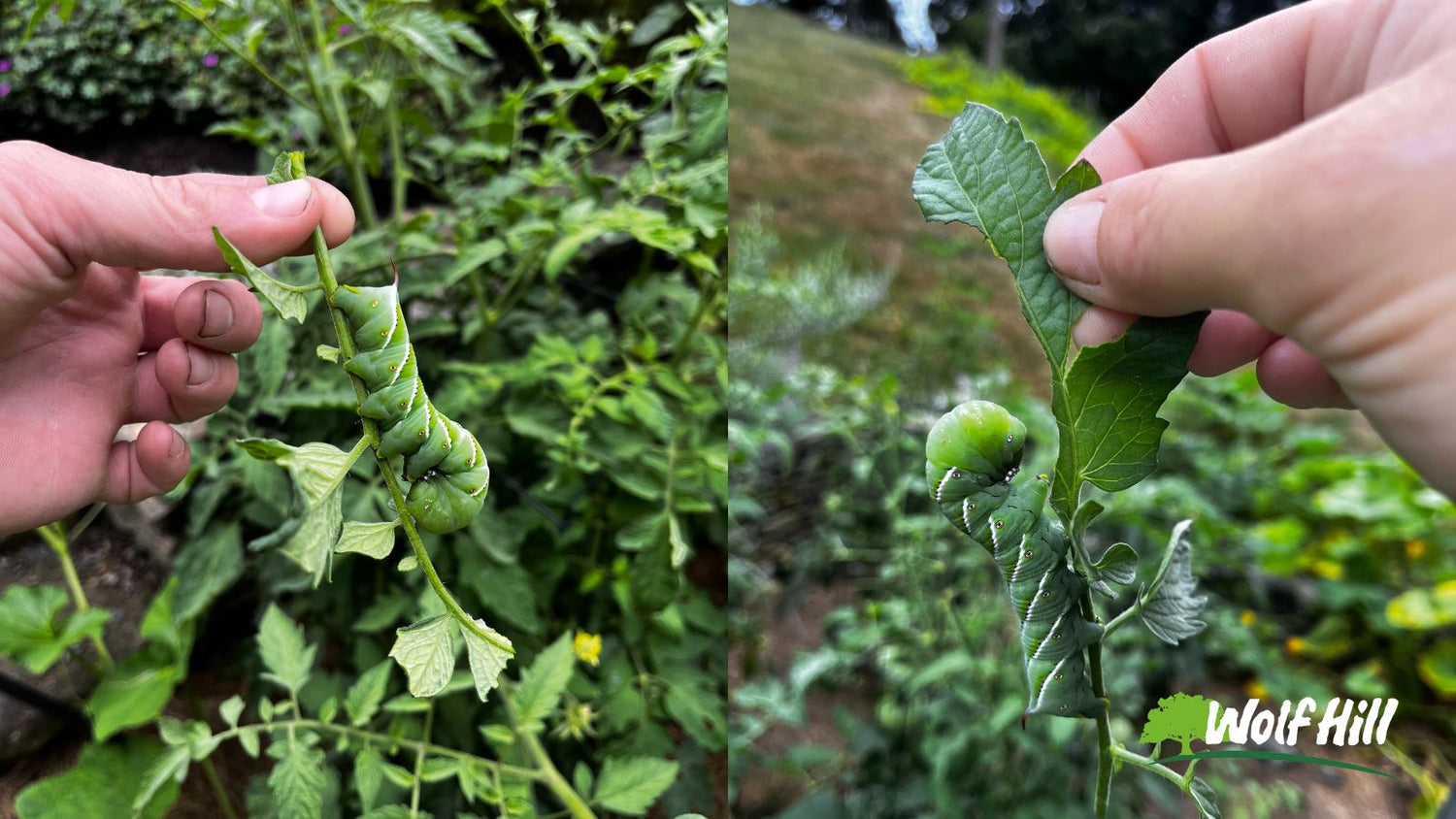Spring is the perfect time to revitalize your garden by pruning select shrubs to stimulate healthy growth, improve air circulation, and create an eye-catching appearance. In this comprehensive guide, we'll delve into seven essential shrubs to prune this season, offering detailed instructions and expert tips for a flourishing garden.
Caryopteris (Bluebeard)
Caryopteris, or Bluebeard, is a hardy and versatile shrub with eye-catching late-summer blooms. To maintain its neat appearance and encourage vigorous growth:
- Wait for the last frost and choose a mild day in early spring.
- Identify old, woody stems and cut them back to the ground using sharp, clean pruning shears.
- Remove any dead or damaged branches.
- Water and mulch around the base of the plant after pruning to support new growth.
Buddleia (Butterfly Bush)
Butterfly bushes are prized for their showy flowers and ability to attract pollinators. To prune your butterfly bush for a sturdy base and abundant blooms:
- Prune in early spring, once the risk of frost has passed.
- Cut back the plant to about 1/3 to 1/2 of its total size, adjusting the severity based on the plant's size.
- Remove any dead, damaged, or crossing branches.
- Thin out crowded areas to improve air circulation.
- Apply a slow-release fertilizer and water well after pruning.
Clematis
Most clematis varieties bloom on new wood, making them ideal candidates for spring pruning. To manage their height and promote healthy growth:
- Established clematis fit into three main pruning groups consistent with flowering times.
- Pruning Group 1: Prune mid- to late spring, after flowering and once the risk of frost has passed
- Pruning Group 2: Prune in February and after the first flush of flowers in early summer
- Pruning Group 3: Prune in February
- Identify any dead or damaged stems and remove them.
- Make clean, angled cuts just above a healthy bud.
- Apply a balanced, slow-release fertilizer and water well after pruning.
Hydrangea Paniculata (Panicle Hydrangea)
Panicle hydrangeas are admired for their large, cone-shaped flower clusters. To maintain a strong structure and ensure bountiful blooms:
- Prune in late winter or early spring, before new growth emerges.
- Cut back 1/3 of the plant, making cuts just above a healthy bud.
- Remove any thin, spindly stems and dead or damaged branches.
- Thin out the interior to improve air circulation and prevent diseases.
- Apply a slow-release fertilizer and water the plant after pruning.
Hydrangea Arborescens (Smooth Hydrangea)
Smooth hydrangeas, known for their stunning round blooms, will benefit from spring pruning. To encourage strong growth and abundant flowers:
- Prune in late winter or early spring, before new growth begins.
- Cut back 1/3 of the plant, ensuring each cut is just above a healthy bud.
- Remove any dead, damaged, or crossing branches.
- Thin out crowded areas to improve air circulation.
- Apply a slow-release fertilizer and water well after pruning.
Potentilla (Cinquefoil)
Potentilla is a low-maintenance shrub with cheerful, long-lasting flowers. To support healthy growth and maintain an attractive shape:
- In early spring, shape the plant with shears to achieve a rounded habit
- Remove any dead or damaged branches, cutting back to healthy wood.
- Thin out crowded areas to improve air circulation and light penetration.
- Every 3 to 5 years, perform rejuvenation pruning by removing 1/3 of the thickest branches, which will encourage fresh, youthful growth.
- Apply a balanced, slow-release fertilizer and water well after pruning.
Buxus (Boxwood)
Boxwoods can be finely pruned into neat and even artistic shapes. Even if you don’t want to sculpt your boxwood, they can all benefit from pruning to maintain shape and uniformity. These evergreen shrubs should be pruned in spring before new growth :
- Prune in late winter or early spring, before new growth begins.
- Shape your boxwood by pruning the outer stems of the plant.
- Remove dead, damaged, or diseased branches by cutting back to healthy tissue.
- Apply a slow-release fertilizer and water the plant after pruning.
Promote New Growth
Pruning your shrubs in spring is a vital step in ensuring a healthy, vibrant garden. By carefully trimming these seven essential shrubs, you'll promote new growth, prevent diseases, and create a stunning display of foliage and blooms throughout the season. With time, patience, and the right techniques, your garden will reward you with a breathtaking array of colors and textures for months to come.





